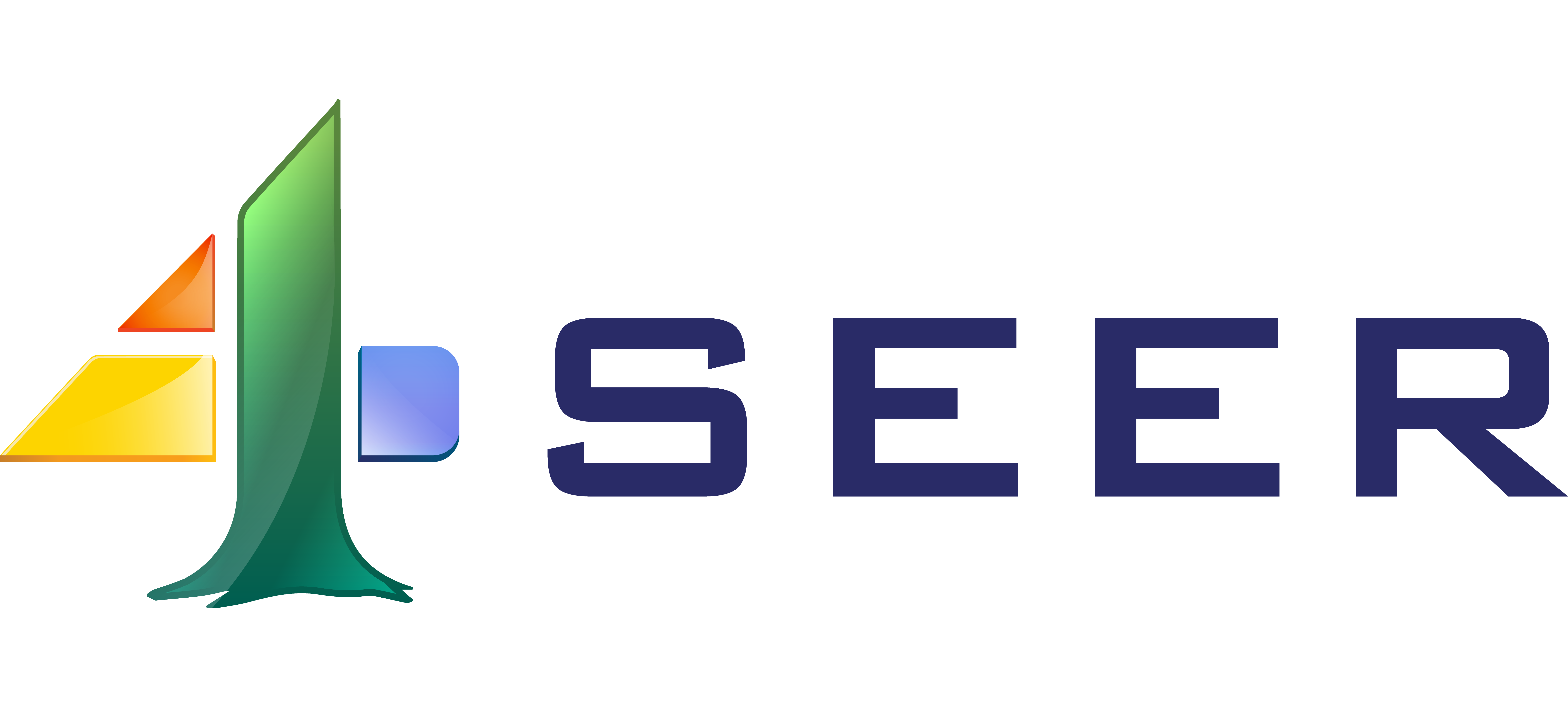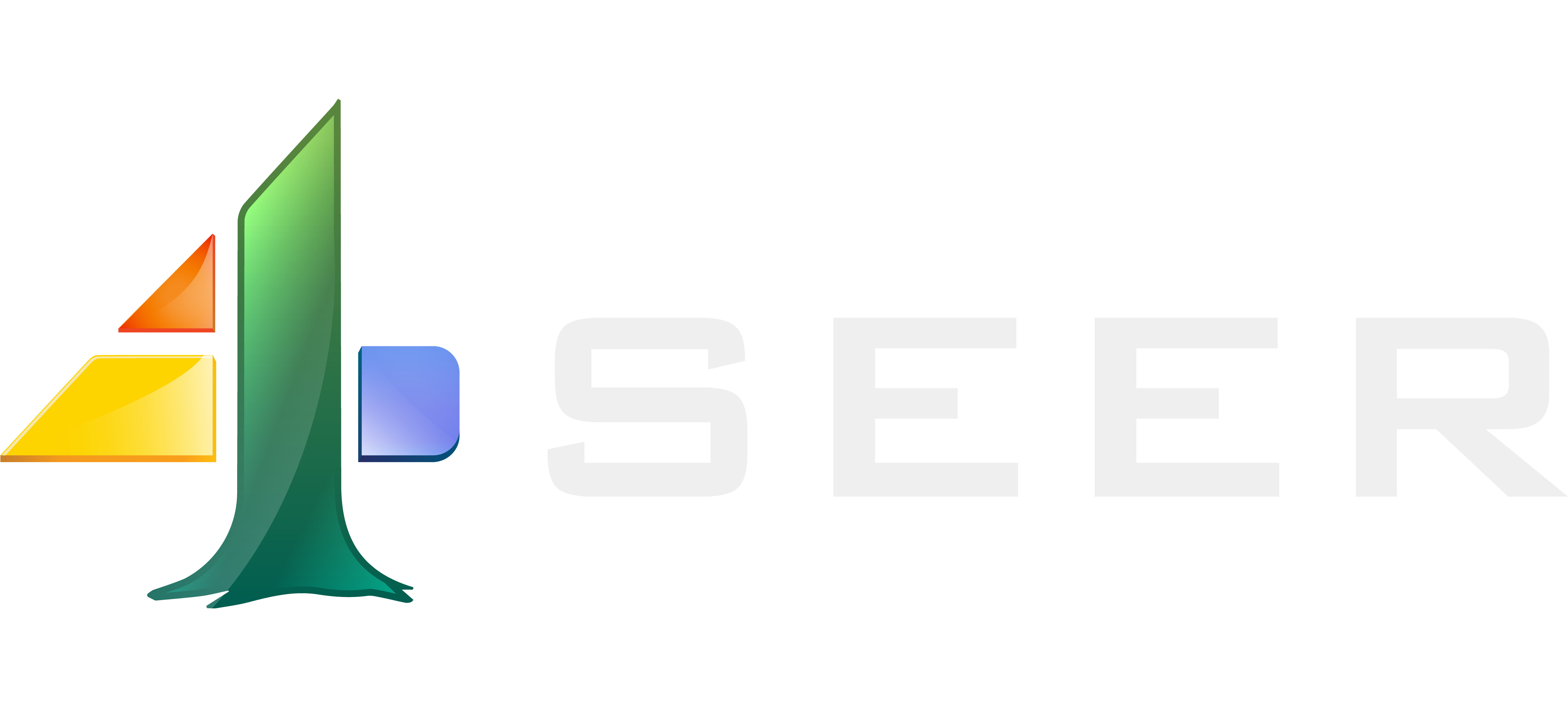AI (Artificial Intelligence) in manufacturing refers to the use of advanced technologies such as machine learning, natural language processing, and computer vision to automate and optimize various processes within the manufacturing industry. The goal of AI solutions for manufacturing is to improve efficiency, reduce costs, increase productivity, and enhance the overall quality of products.
The manufacturing industry is constantly evolving and facing new challenges, such as increasing competition, changing consumer demands, and rising production costs. AI can help address these challenges by providing valuable insights, automating routine tasks, and improving decision-making processes. Additionally, AI can enhance the competitiveness of manufacturing companies by enabling them to produce high-quality products at a lower cost and with greater speed.
Implementation of AI in manufacturing can bring numerous benefits, including increased efficiency, reduced costs, improved product quality, and enhanced customer satisfaction. However, the adoption of AI in manufacturing is not without its challenges. Some of the common challenges include the lack of technical expertise, resistance to change, data quality and availability, and integration with legacy systems.
Therefore, it is essential for manufacturing companies to carefully consider the benefits and challenges of AI and develop a well-planned strategy for its adoption and implementation. By doing so, they can fully unleash the potential of AI and remain at the forefront of the industry.
How AI is Revolutionizing Manufacturing?
Predictive Maintenance: Forecast and Predictive Analysis maintenance is one of the key ways in which AI is revolutionizing the manufacturing industry. By using machine learning algorithms and predictive analytics, AI can analyze data from various sources such as sensors and equipment logs to identify potential problems and predict when maintenance is required. This allows manufacturing companies to take proactive measures to prevent equipment failures and reduce downtime, leading to increased efficiency and reduced maintenance costs.
- Quality Control and Inspection: Another area in which AI is making a significant impact is quality control and inspection. AI-powered technologies such as computer vision and machine learning can automate the inspection process, enabling companies to quickly identify and address any defects in their products. This helps to improve the overall quality of products and increase customer satisfaction.
- Supply Chain Optimization: AI can also be used to optimize supply chain management, which is crucial in the manufacturing industry. By analyzing data from various sources such as demand forecasts, inventory levels, and supplier performance, AI can help companies to make informed decisions about production planning, inventory management, and supplier selection. This can result in reduced lead times, lower costs, and improved customer satisfaction.
- Production Optimization: AI can also be used to optimize the production process itself, leading to increased efficiency and reduced costs. For example, AI-powered systems can be used to automate repetitive tasks, reduce waste, and improve energy efficiency. Additionally, AI can provide valuable insights into the production process, enabling companies to make data-driven decisions about production planning and scheduling.
In summary, AI is revolutionizing the manufacturing industry by providing valuable insights, automating routine tasks, and improving decision-making processes. By adopting AI, manufacturing companies can increase efficiency, reduce costs, improve product quality, and enhance customer satisfaction.
Use Cases of AI for Manufacturing Companies
Case Study 1: Predictive Maintenance in a Manufacturing Plant
In this case study, a manufacturing plant implemented an AI-powered predictive maintenance system to monitor the performance of its production equipment. The system was designed to analyze data from sensors and equipment logs to identify potential problems and predict when maintenance was required. By doing so, the plant was able to take proactive measures to prevent equipment failures and reduce downtime, resulting in increased efficiency and reduced maintenance costs.
The plant’s predictive maintenance system worked by using machine learning algorithms to analyze data from sensors and equipment logs. This data was used to train the system to identify patterns and anomalies in the equipment’s performance. The system was then able to use this information to predict when maintenance was required, allowing the plant to take proactive measures to prevent equipment failures and reduce downtime.
In addition to improving efficiency and reducing maintenance costs, the predictive maintenance system also helped to increase the overall lifespan of the equipment. This was due to the fact that the system was able to identify and address potential problems before they became more serious, resulting in less wear and tear on the equipment.
Case Study 2: Quality Control in a Food and Beverage Company
In this case study, a food and beverage company implemented an AI-powered quality control system to improve its inspection process. The system utilized computer vision to automatically inspect products for defects, enabling the company to identify and address defects more quickly and accurately than traditional manual inspection methods.
The quality control system worked by using computer vision to capture images of the products as they moved through the production line. The images were then analyzed by the AI system, which was trained to identify various types of defects, such as cracks, discoloration, or missing components. If a defect was detected, the system would immediately flag the product, allowing the company to take action to address the issue.
The implementation of the AI-powered quality control system resulted in improved product quality and increased customer satisfaction. The system was able to identify and address defects more quickly and accurately than traditional manual inspection methods, leading to fewer defective products being shipped to customers. Additionally, the system helped to reduce the cost of quality control, as it was able to automate many of the routine tasks involved in manual inspection.
Case Study 3: Supply Chain Optimization in an Automotive Company
In this case study, an automotive company implemented an AI-powered supply chain optimization system to improve its supply chain management processes. The system analyzed data from various sources such as demand forecasts, inventory levels, and supplier performance to make informed decisions about production planning, inventory management, and supplier selection.
The supply chain optimization system worked by using machine learning algorithms to analyze data from various sources, such as demand forecasts, inventory levels, and supplier performance. This data was used to train the system to identify patterns and relationships, allowing it to make predictions about future demand and supply. Based on these predictions, the system was able to make recommendations about production planning, inventory management, and supplier selection, leading to reduced lead times, lower costs, and improved customer satisfaction.
The implementation of the AI-powered supply chain optimization system helped the automotive company to stay ahead of its competitors. By analyzing data and making informed decisions, the company was able to reduce lead times and lower costs, while also improving the overall quality of its products. Additionally, the system helped the company to build stronger relationships with its suppliers, as it was able to provide valuable insights into supplier performance and make more informed decisions about supplier selection.
Overcoming the Challenges of AI Adoption in Manufacturing
Adopting AI solutions for manufacturing can bring significant benefits, but it also comes with some challenges that must be addressed in order to successfully implement AI. Some of the most common challenges include:
- Lack of Technical Expertise: One of the biggest challenges of adopting AI in manufacturing is finding individuals with the necessary technical expertise. This can include data scientists, software engineers, and other technical professionals who are able to design and implement AI systems.
- Resistance to Change: Many employees and organizations may be resistant to change and may be reluctant to adopt new technologies, such as AI. This can be particularly true in the manufacturing industry, where processes and systems have been in place for many years.
- Data Quality and Availability: AI systems require high-quality data to operate effectively. In many manufacturing companies, data may be scattered across different systems, making it difficult to obtain a complete picture of operations. Additionally, data quality may be poor, making it difficult to obtain accurate insights from AI systems.
- Integration with Legacy Systems: Many manufacturing companies have existing systems and processes in place that must be integrated with new AI systems. This can be a challenge, as legacy systems may not be compatible with new technologies, requiring significant time and resources to implement.
Unleashing the Full Potential of AI in Manufacturing
In order to successfully implement AI in manufacturing, companies must adopt best practices that can help overcome the challenges of adoption. Some of the best practices for implementing AI in manufacturing include:
Building a Strong Team: Companies must build a strong team of individuals with the necessary technical expertise to design and implement AI systems. This can include data scientists, software engineers, and other technical professionals.
Establishing a Clear Strategy: Companies must establish a clear strategy for how they will adopt AI, including what systems and processes will be impacted, and what benefits they hope to achieve.
Investing in Data Quality: Companies must invest in improving the quality of their data, so that they can obtain accurate insights from AI systems. This can include standardizing data formats, improving data accuracy, and ensuring that data is up-to-date.
Integration with Legacy Systems: Companies must carefully consider how they will integrate new AI systems with existing processes and systems. This may require significant time and resources, but is critical for achieving the full benefits of AI.
Conclusion
The adoption of AI in manufacturing has the potential to revolutionize the industry, bringing significant benefits in terms of increased efficiency, improved product quality, and reduced costs. However, companies must overcome several challenges in order to successfully implement AI, including a lack of technical expertise, resistance to change, and poor data quality. By following best practices and establishing a clear strategy, companies can unlock the full potential of AI in manufacturing, helping to ensure their continued success in the years to come.


